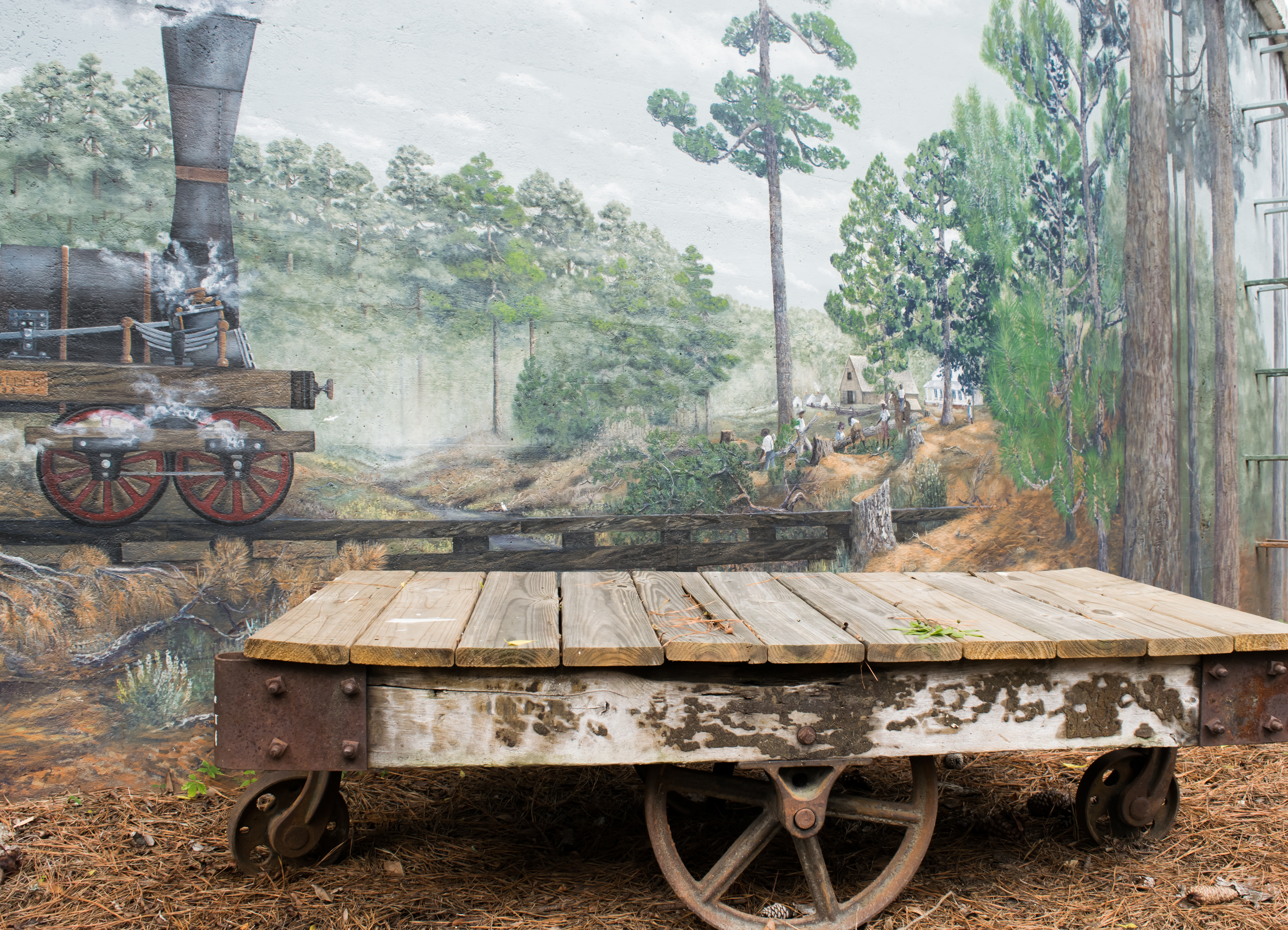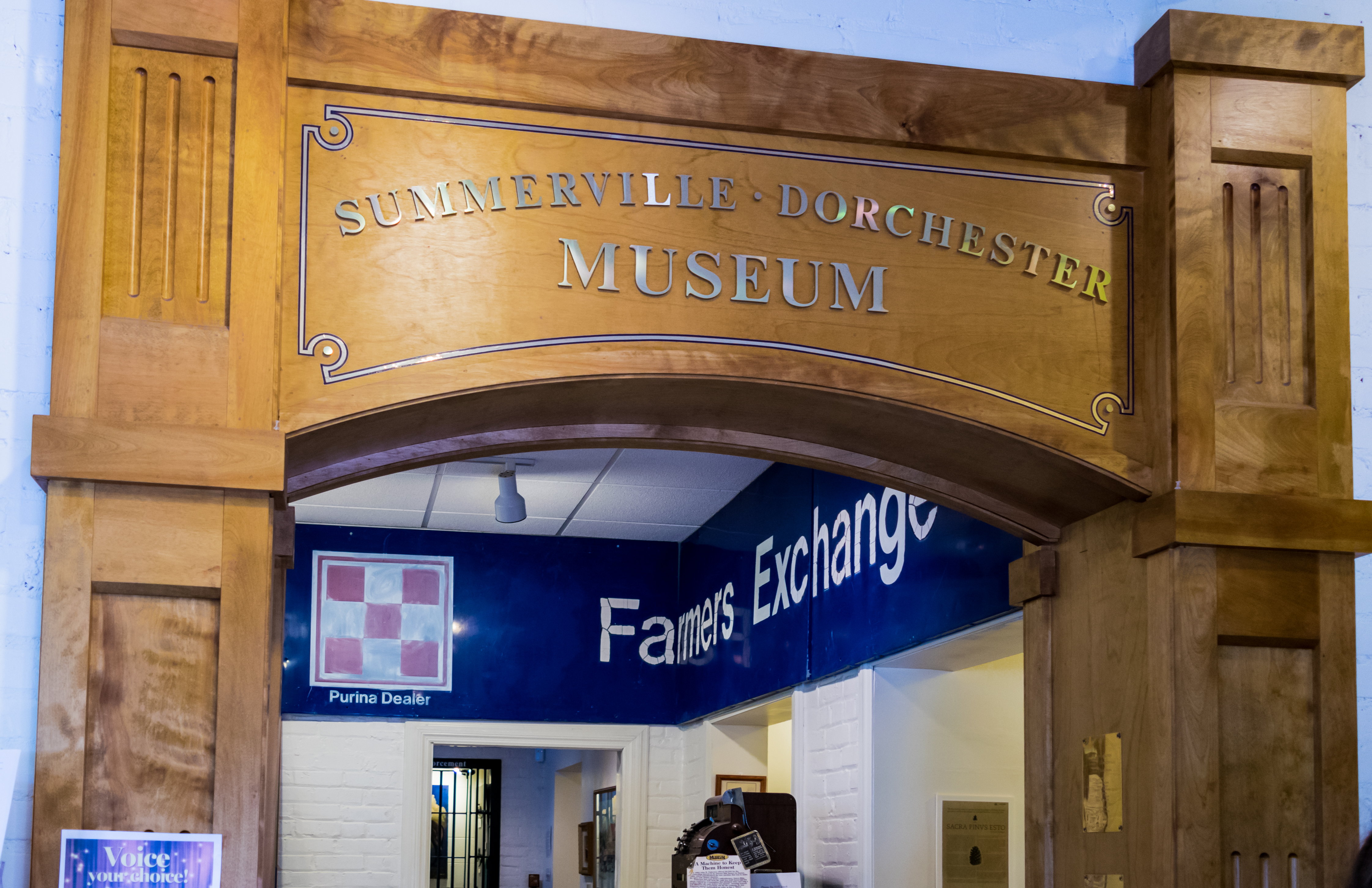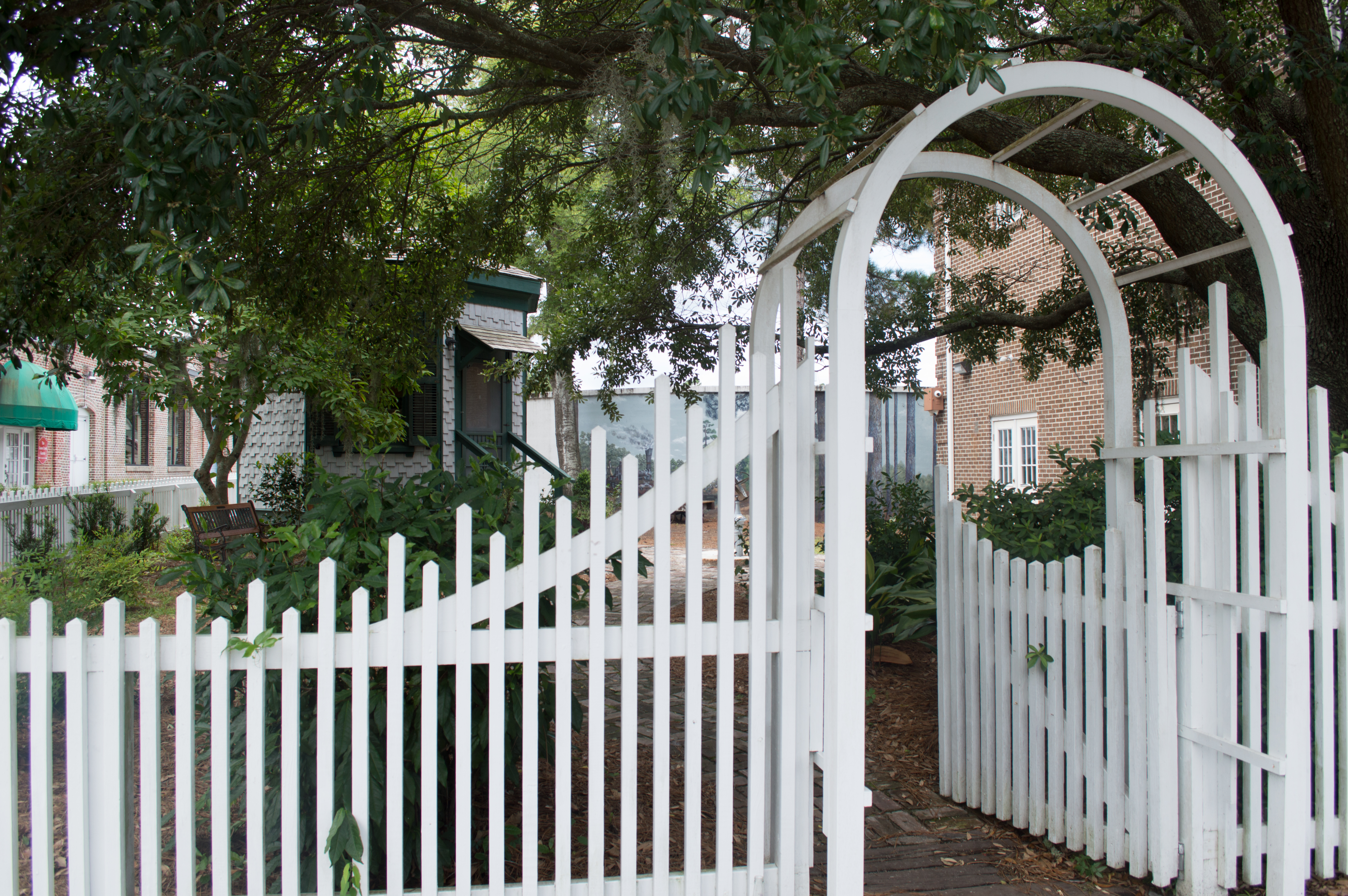Beyond the Pines: Summerville Dorchester Museum
Step into Summerville's pine-scented charm at the Dorchester Museum. Discover vibrant tales, explore lush gardens, and be inspired by Saul Alexander's legacy of generosity. A heartwarming journey through history and tranquility awaits in this captivating resort town.

“Ride the rails from Charleston to Pineland Village, where scented pine forests heal the spirits and deter the illnesses of the South Carolina Low Country.” In the early 1800’s, such words advertised South Carolina’s trending lifestyle. Wealthy Charlestonians journeyed by train to escape the soggy, mosquito-infested coastal swampland. Pineland Village, now known as Summerville, offered a gratifying respite from the heat and humidity.

I escaped the heat and humidity of Charleston with a quick car ride on I-26 to the Summerville Dorchester Museum, where the history, culture, and human stories of the region are diligently preserved and generously shared.
The Birth of a Resort Town
Summerville became trendy as an international resort location near the turn of the 19th century. First, a medical conference on tuberculosis identified Summerville as one of two locales for the relief of lung sufferings. Then, The Therapeutic Gazette (1897) published an article entitled The Beneficial Effect of the Climate of Summerville, S.C. on Affections of the Throat and Lung.
The article was written by Dr. William Hutson Prioleaus, a Summerville physician. This article expounds (on and on and on!) about health benefits of scented pine forests, sunny days, arid breezes, and the general comfort of residing in an environment of clean air and pure water.
These proclamations caused a surge of visitors to Summerville. The town responded with hammers pounding to build several resort inns in the forested area. As an example, the Pine Forest Inn provided 150 sleeping apartments and five rental cottages.
President Theodore Roosevelt visited in 1902, further increasing the prestige of Pine Forest Inn as a notable resort home. The inn offered such extensive entertainment as orchestra programs, croquet, golf, bowling, and horseback riding. This elegance continued into mealtimes with custom imprinted china and serving dishes.
Summerville Dorchester Museum, Inside and Outside
Upon arrival at the Summerville Dorchester Museum, golden sunlight tints the museum’s first-floor conference room, drawing attention to green pine forests and blue skies depicted in a stained glass window. Stories of Summerville and Dorchester County are revealed as you move through several small compartmental rooms.

The metal bars of a prison holding cell are a reminder of the late 1970’s when the Summerville Police Department used the building. Die-hard football fans pause to honor John McKissisk, the legendary high school football coach with more than 600 career wins. The second floor of the museum displays carefully curated historical memorabilia including a typical room at the Pine Forest Inn.
In the adjacent lot, a white picket fence separates the city street from a well-shaded outdoor park area. The Saul Alexander Garden House is the centerpiece of this park. This octagonal gray-shingled building crowns a serene public green space, with painted green accents on the wooden banister, ornate screen door, shutters, and window trims.

Stepping into the single room of the house, the similar shape of a green-felted poker table fits nicely underneath the hand-painted skylight dome. Mounted on a Singer sewing machine pedestal, this poker table reflects Mr. Alexander’s life as a tailor, and as a resourceful and creative man. It’s easy to imagine burning embers in the fireplace on poker night in this ornate “man cave” of yesteryear.

Discovering the Legacy of Saul Alexander
So, who is this man, this Mr. Saul Alexander? If you love an entrepreneurial rags-to-riches story, none is more captivating than the tale of sixteen-year-old Saul Alexander, who arrived from Dnepropetrovsk, Russia in 1900. After four years in New York City, Saul moved to Summerville, South Carolina, where he worked in the local dry goods store. In time, the Saul Alexander Drygoods Store opened in Summerville’s business district.
Mr. Alexander, a modest man, exhibited the utmost integrity in all of his business dealings. Upon his death in 1952, the town learned that Mr. Alexander had saved approximately a million dollars. In his will Alexander directed certain funds to be distributed to individuals and causes dear to the benefactor with the remaining money consolidated into a trust.

“The Saul Alexander Foundation was established to support Jewish and other charitable causes in Summerville, SC and in Charleston County, SC.”, as noted in the foundation’s 2013 tax filing. The IRS documents for the same year further reported that the trust fund distributed over $100,000 to 54 charitable organizations, and retained net assets of more than $2.6 million dollars. Saul Alexander’s legacy continues through the playgrounds, libraries, scholarships, and other life-enriching opportunities offered through these many charitable organizations.
Outdoor Reflections Beyond the Pines
The same tranquil park area, adjacent to the red-bricked museum building, displays a weathered antique railroad wagon near a huge water cistern. Art students hand painted the cistern’s artistic mural, depicting the life of the town, in 2013. A more recently donated train whistle was transformed into a gurgling water fountain near park benches.

This outdoor area emphasizes the creativity of the region and provides a place for relaxation and reflection.
The Summerville Dorchester Museum is an ideal place to learn about the history of the region and how the pine trees were instrumental in building this charming town.
Getting There
The Summerville Dorchester Museum is located at 100 East Doty Avenue, originally known as Railroad Avenue. It is only a few steps from the railroad tracks so integral to the town’s story. Visit the museum Tuesday – Saturday, 10:00 am to 4:00 pm. Free admission, but donations are welcome to help with museum expenses.
The modest lobby gift shop sells souvenirs, cookbooks, regional history publications, handcrafted jewelry, and locally grown teas. Updated frequently, the museum’s Facebook page features upcoming program announcements, new exhibit items, and photos of museum guests.
During my recent visit, the staff walked with me through the entire exhibit area, providing educational insights and a very personal (and memorable!) experience.




